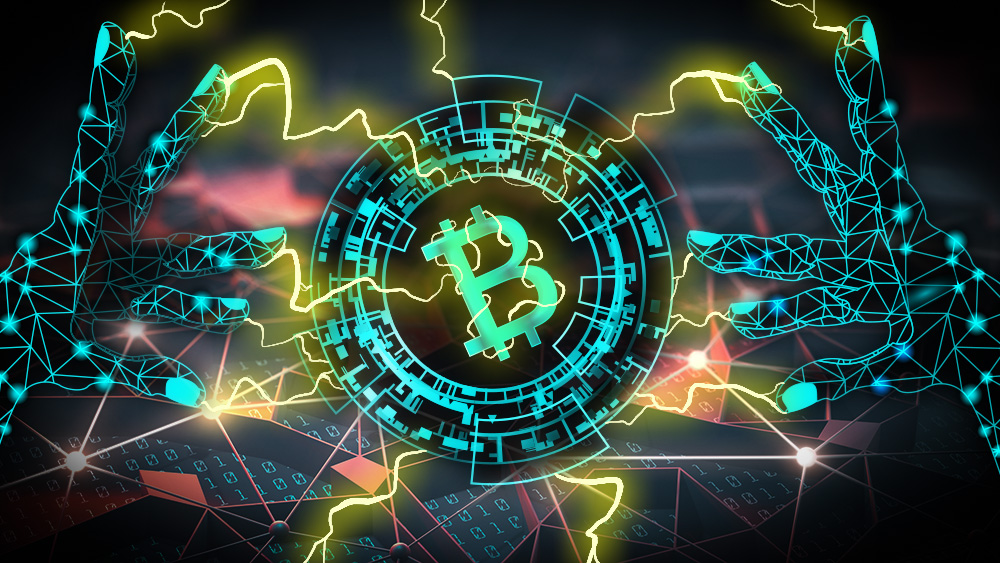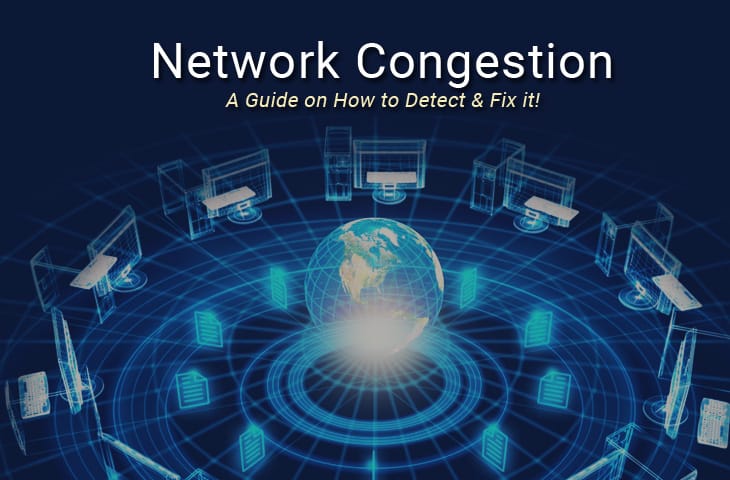Bitcoin Network Congestion – Basics, Impacts and Solution

Bitcoin Network Congestion – Basics, Impacts and Solution

This phenomenon of network congestion has become a critical concern for users, businesses, and developers in the Bitcoin ecosystem. Addressing these challenges is essential for maintaining the network’s efficiency. In this article, we will understand Bitcoin network congestion, its impacts, and the various solutions and alternatives to alleviate the problem. Apart from this, do you want to take your trading to the next level? I know, you do! Then Visit the official website of the most trusted trading platform online!
Understanding the Bitcoin Network Congestion

The primary factors contributing to Bitcoin network congestion are the increase in Bitcoin adoption and transaction volume, coupled with the limited block size and inherent scalability issues. As more people and businesses use Bitcoin for transactions, the demand for block space increases, leading to a growing number of unconfirmed transactions in the network’s mempool. The Bitcoin protocol has a fixed block size, which limits the number of transactions that can be included in each block.
To gauge the severity of network congestion, we can look at the mempool size and average transaction fees. The mempool is a collection of unconfirmed transactions waiting for inclusion in a block. As the mempool size grows, it indicates increased congestion on the network.
Another useful metric is the average transaction fee, which tends to rise as network congestion worsens. Higher fees signify that users are competing for block space, and miners are prioritizing transactions with higher fees, leaving those with lower fees waiting longer for confirmation.
The Impact of Network Congestion on Bitcoin Withdrawals
- Delays in withdrawal processing

Network congestion significantly impacts the processing of Bitcoin withdrawals. When the network is congested, the number of unconfirmed transactions in the mempool increases, resulting in longer confirmation times. As a consequence, users and businesses that rely on timely Bitcoin withdrawals may experience delays, which can lead to financial losses, missed opportunities, or hindered cash flow.
- Increased transaction fees
As congestion intensifies, competition among users to get their transactions confirmed by miners grows. To prioritize their transactions, users may opt to increase the fees they’re willing to pay, driving up the average transaction fee on the network. This surge in transaction fees can make Bitcoin less attractive for smaller transactions or for users in countries with lower average incomes, as the cost of using the network becomes prohibitively high.
- User experience and market perception
The delays and increased fees associated with network congestion can lead to frustration and dissatisfaction among Bitcoin users. This dissatisfaction may result in users seeking alternative cryptocurrencies or payment methods that offer faster transaction processing and lower fees. Moreover, negative experiences with the Bitcoin network can harm its reputation and hinder broader adoption, as potential new users might be deterred by reports of slow transaction times and high fees.
Solutions and Alternatives to Alleviate Network Congestion

- Bitcoin protocol improvements
To address network congestion, various Bitcoin protocol improvements have been proposed and implemented. One such improvement is Segregated Witness (SegWit), which increases block capacity by separating transaction data from signature data. This change allows more transactions to be included in each block, reducing congestion. Another proposed improvement is the integration of Schnorr signatures and Taproot, which would enable more efficient signature aggregation and enhance privacy, further increasing the network’s capacity to handle transactions.
- Off-chain solutions
Off-chain solutions, like the Lightning Network, aim to reduce congestion by moving smaller, more frequent transactions off the main Bitcoin blockchain. The Lightning Network uses payment channels to facilitate instant, low-cost transactions between participating nodes. This approach can dramatically decrease the load on the main network, freeing up space for larger, more significant transactions. Sidechains are another off-chain solution, allowing users to transact on a separate blockchain with different features and capabilities, while still maintaining a connection to the main Bitcoin blockchain.
- Alternative cryptocurrencies (Altcoins)

In response to Bitcoin’s network congestion issues, some users have turned to alternative cryptocurrencies, or altcoins, that offer faster transaction processing and lower fees. Ethereum, for example, has implemented scalability solutions like sharding and the transition to a Proof-of-Stake consensus mechanism to improve its capacity for handling transactions. Other cryptocurrencies, such as Litecoin and Bitcoin Cash, have been specifically designed to enable faster transaction processing by increasing block size or reducing block time.
Conclusion
Ultimately, the future of Bitcoin and its ability to overcome network congestion depends on the continued innovation and collaboration within the cryptocurrency space. By working together to develop and adopt new technologies, the Bitcoin community can ensure the long-term success and growth of this groundbreaking digital currency, paving the way for broader adoption and a more efficient, inclusive financial system.




